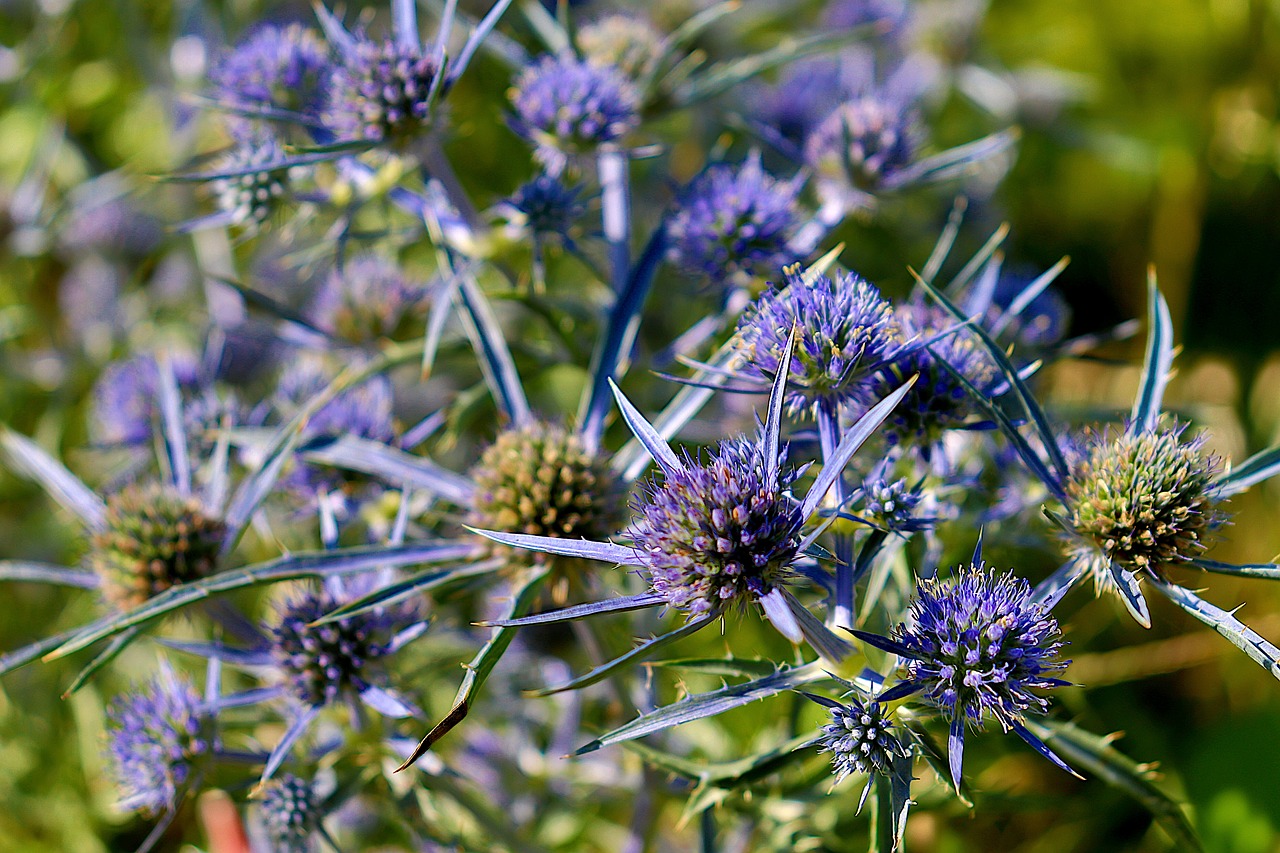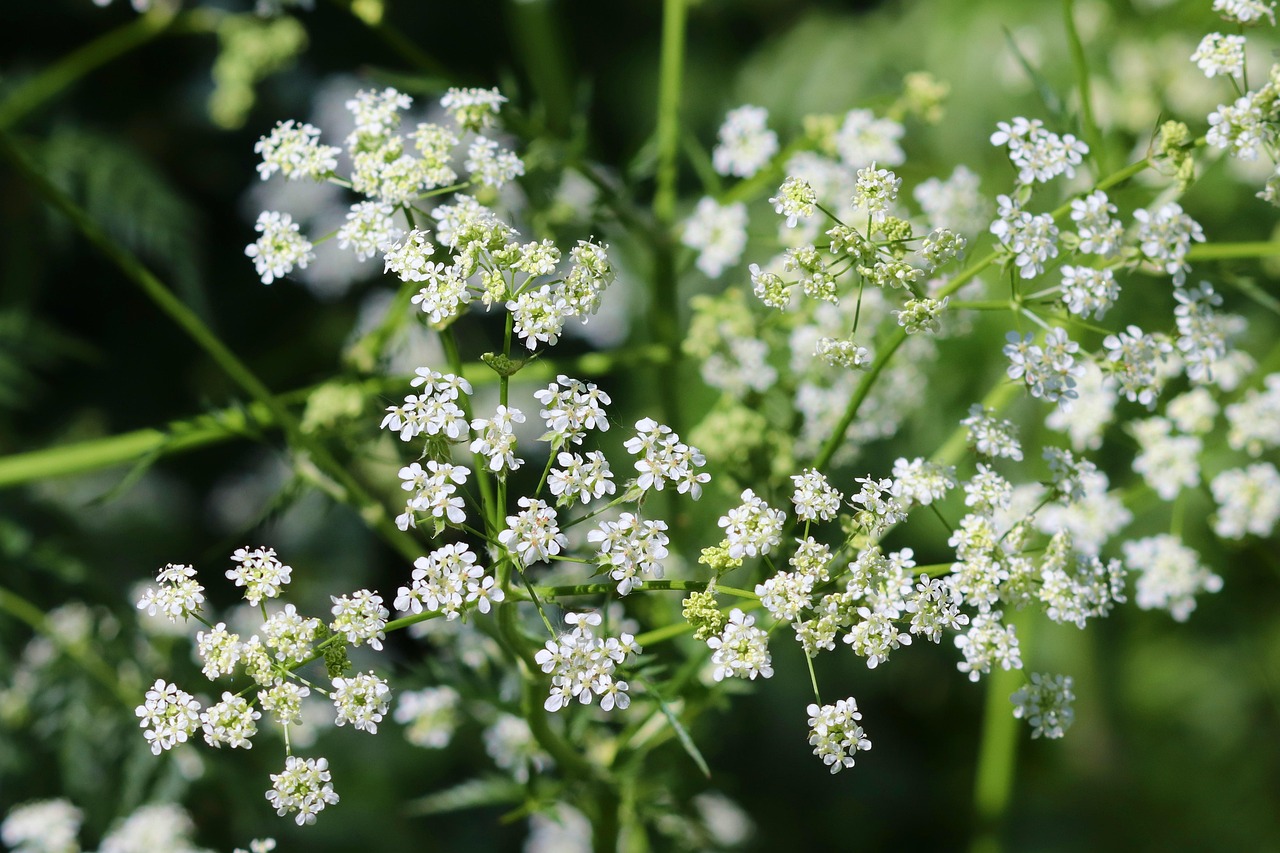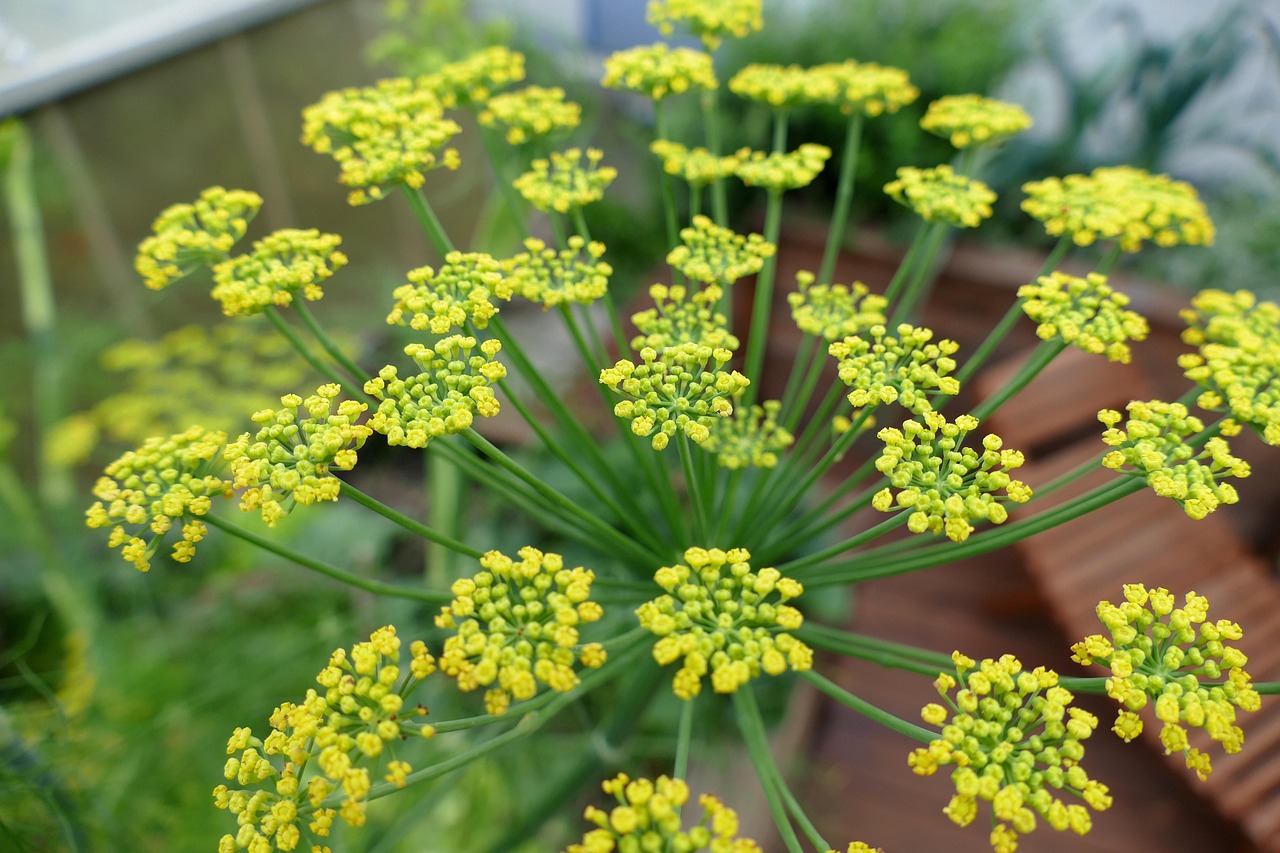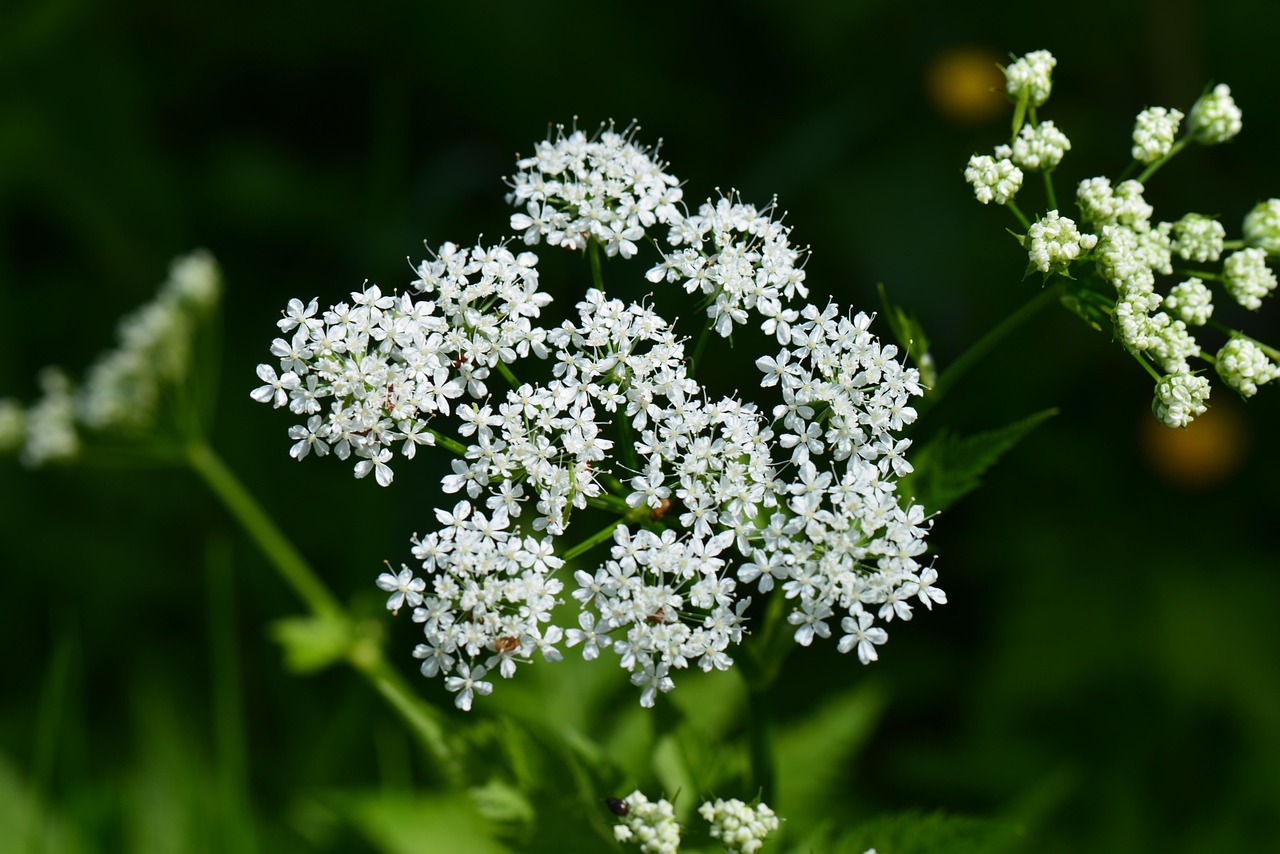Coriander | A Fragrant Leaf Spread Through East–West Trade
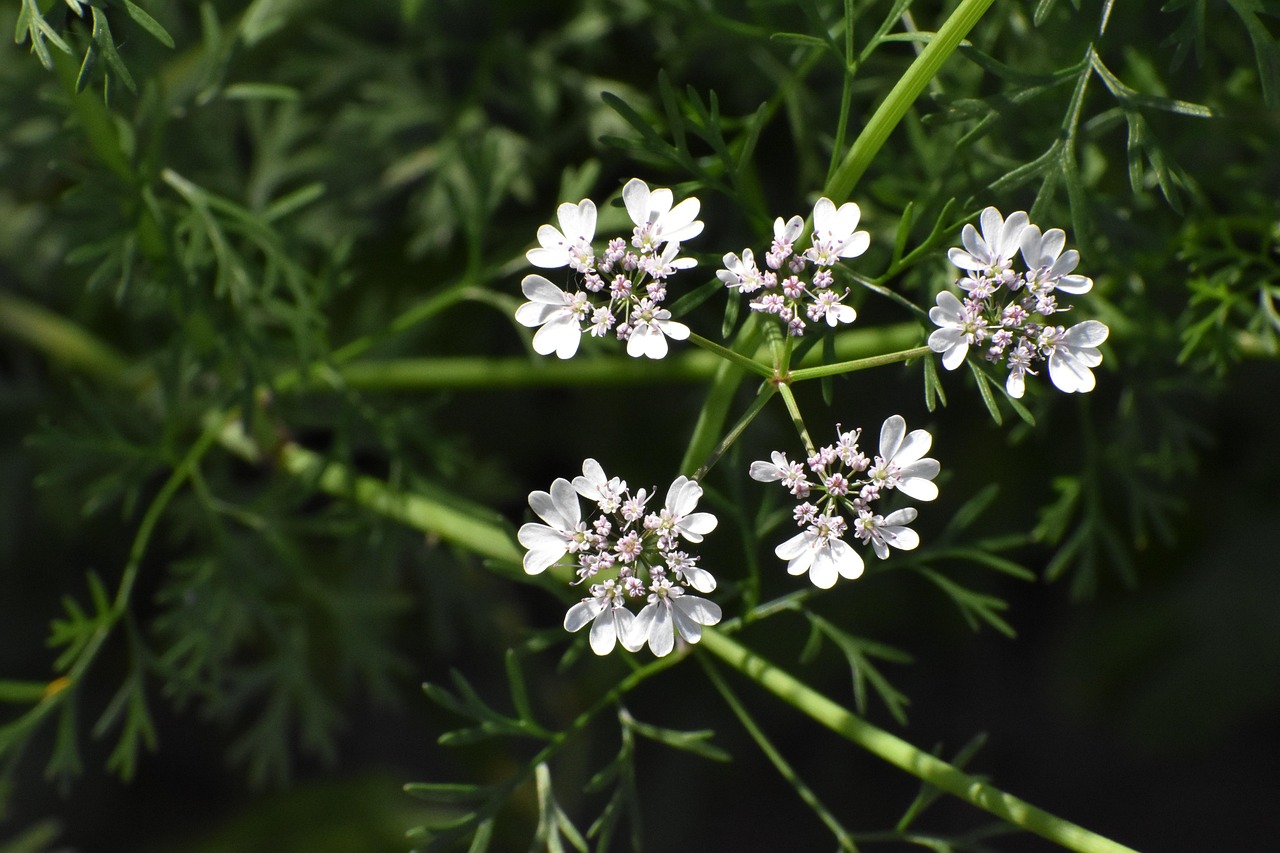
Coriander is an annual herb that bears delicate white or pale pink flowers and has a distinctive aroma. It is widely known as a culinary herb and often cultivated in home gardens or pots, but its flowers also hold ornamental value.
In this article, I will explain in detail the basic information about coriander, its cultural and historical significance, and key points on how to grow it.
Basic Information
- Scientific name: Coriandrum sativum
- Family: Apiaceae
- Origin: Mediterranean coastal regions to the Middle East
- Appearance: Coriander grows 30–60 cm tall, with finely divided bright green leaves and small umbrella-shaped flowers. The flowers have a soft hue, adding a light accent to gardens. After blooming, the plant produces seeds, which are also valued for their fragrance.
- Blooming season: From May to July. In warm climates, it flowers from early spring to early summer.
Cultural Characteristics Around the World
Coriander flowers are appreciated worldwide for their simple beauty and their value as a herb.
In the Mediterranean, they are planted to brighten gardens, with their white blossoms enhancing the summer scenery.
In India and the Middle East, coriander is often grown in household gardens, blending naturally into daily life.
In Europe, it is used in garden design to create a natural atmosphere, and it can also be incorporated into English-style gardens.
Historical Background
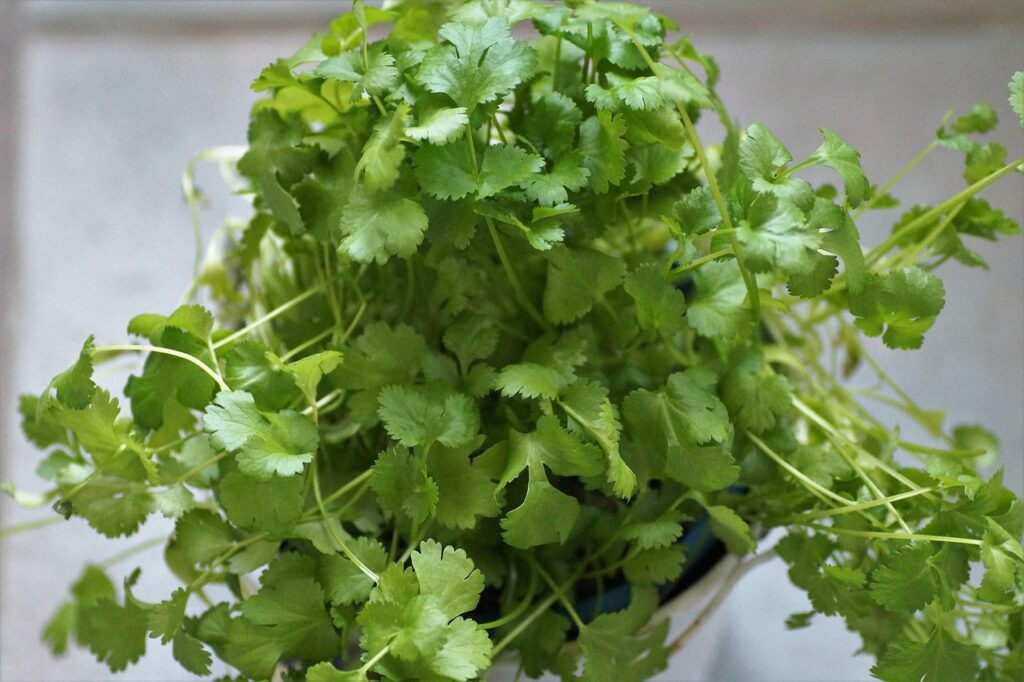
Coriander has been cultivated since ancient Egypt, and seeds have been discovered in pyramid ruins.
It spread from the Mediterranean coast through the Silk Road to Asia and Europe, where its beauty and value as a herb became widely recognized.
In medieval Europe, coriander flowers were used as decorations at garden parties and festivals, adding an elegant atmosphere.
Gardening Advice
Coriander is relatively easy to grow, making it suitable even for beginners. Below are some key cultivation points:
Sunlight
Prefers sunny to semi-shaded spots, with sufficient light being ideal.
Watering
Water when the soil surface dries. Avoid overwatering, as it may cause root rot; ensure good drainage.
Soil
Prefers well-drained sandy soil. Mixing river sand into potting soil improves growth.
Fertilizer
Requires only a small amount. Add a little base fertilizer when sowing, and provide liquid fertilizer about once a month during the growing season.
Pruning/Harvesting
Leaves become tough after flowering, so harvest early if you wish to use the leaves. If you want seeds, leave the flowers and allow them to mature naturally.
Conclusion
Coriander is a charming plant with delicate flowers and a light presence that brightens gardens. Knowing its history and cultural background adds further enjoyment to growing it.
It produces simple yet profound blossoms that enrich garden corners and potted spaces. As an easy-to-grow plant, I encourage you to add coriander as a new companion to your garden.


